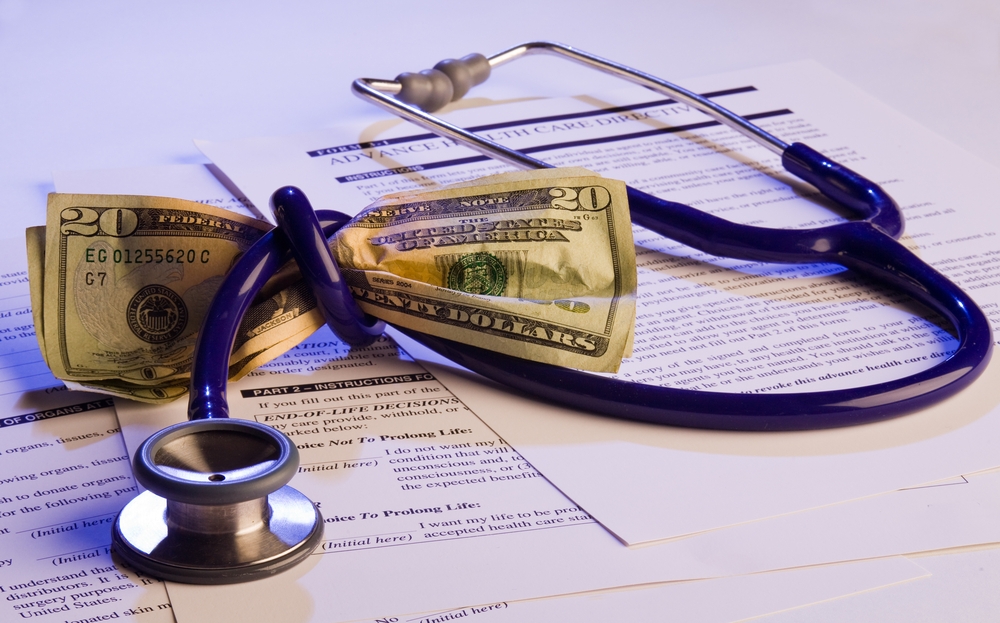Planning medical expenses can be a daunting task, but it’s crucial for anyone looking to manage healthcare costs effectively. The rising costs of healthcare in the United States make this planning an essential part of financial management. Understanding how to navigate these expenses can save you significant money and stress in the long run.
Today, we’ll explore strategies for reducing your healthcare bills while maintaining your well-being. Being vigilant about budgeting for medical-related costs is not just smart; it’s necessary. By employing a few effective tactics, you can ensure that your health needs are met without financially burdening yourself or your family.
Understanding healthcare costs in the United States

The United States is known for its advanced healthcare system, but this comes at a steep price. Understanding the intricacies of these expenses is the first step in managing them. American healthcare costs are composed of several factors, including doctor visits, prescription medications, hospital stays, and insurance premiums.
These components can add up quickly, creating a significant financial strain, especially if you’re unprepared. Many individuals underestimate the total expense of medical services, leading to unexpected bills. It is essential to familiarize yourself with the typical costs associated with healthcare services and how they are billed to manage them effectively.
The importance of health insurance
One of the most effective ways to manage your health expenses is by securing comprehensive insurance coverage. Health insurance plays a crucial role in reducing costs and providing access to necessary medical care. While premiums can be high, they often pale in comparison to the potential costs of uninsured medical emergencies.
Choosing the right plan is key. Evaluate your health needs and financial situation to decide between high-deductible plans with lower premiums and low-deductible options with higher premiums. A high-deductible plan might be suitable if you’re generally healthy and want to save on monthly fees; it often includes a Health Savings Account (HSA) that can be used to cover certain out-of-pocket expenses.
Utilizing preventive care and wellness programs
Preventive care and wellness programs are often overlooked as cost-saving measures, yet they are extremely effective. Many insurance plans cover preventive care services, such as annual check-ups, vaccinations, and screenings, often at no additional cost. By utilizing these services, you can identify and address potential health issues early, preventing costly treatments down the line.
Engaging in wellness programs offered by employers or communities can also enhance your health and reduce expenses. These programs typically provide incentives for healthy behaviors, like gym memberships, smoking cessation programs, or nutritional counseling. These initiatives not only contribute to long-term health improvements but also lead to medical cost savings.
Managing prescription costs
Prescription medications are a significant contributor to health expenditures, but there are several ways to manage these expenses. Start by discussing with your physician about generic drug options, which are typically as effective as brand-name drugs but usually much cheaper. Pharmacy shopping can also yield substantial savings.
Prices for the same prescriptions can vary significantly between different pharmacies, including online options. Some retailers offer discount programs or price match guarantees, which can further decrease costs. Moreover, pharmacies frequently provide free prescription savings programs that can be beneficial.
Leveraging discount programs and coupons
Discount programs and prescription coupons are vital tools for cutting costs. These programs, offered by both pharmaceutical companies and third-party organizations, can significantly lower both over-the-counter and prescribed drug expenses.
Research and enroll in these programs as they can offer immediate discounts at the pharmacy counter. Many of these programs are free to join and provide savings on both generic and brand-name medications.
Websites like GoodRx compile coupons and discounts from various sources to help you identify the best prices for your prescriptions. Always remain informed and proactive about potential savings. By educating yourself on available discounts, you transform the way you handle medical costs, making it sustainable and less financially burdensome.
Using assistance programs for qualifying individuals
Assistance programs for healthcare costs can be lifesavers, especially for those with limited income or specific health conditions. Programs like Medicaid, Medicare Extra Help, and the Children’s Health Insurance Program (CHIP) provide financial aid to cover medical expenses and prescription costs for those who qualify. Explore eligibility requirements for these programs as they can significantly reduce your medical bills.
Additionally, non-profit organizations and pharmaceutical manufacturers often offer assistance programs for individuals with specific conditions, such as cancer or diabetes, ensuring access to necessary treatments and medications.
Being aware of these resources can provide peace of mind and financial relief. They are designed to help individuals get the care they need without overwhelming financial obstacles, ultimately making healthcare more accessible and manageable.

